Visiting a Shinto shrine is tightly woven into the daily life, culture and history of Japan. As a tourist, you will probably want to visit at least once during your stay. I had a list of shrines and shrine festivals I wanted to see but I was also mindful that they are places of worship and I wanted a bit of background to understand any rules and have some context to what we saw. I'm no authority on Japanese culture or religion but these are some of the tips I picked up.
Table of Contents
The difference between a Shinto Shrine and a Temple
You will hear the terms shrine and temple used interchangeably by some tourists but they are different things. A shrine or Jinja in Japan refers to a Shinto place of worship and is often easily identified by the large vermillion (orange) shrine gates or archway at the entrance. A temple in Japan is generally Buddhist and is a place of worship for those following the teachings of the Buddha.
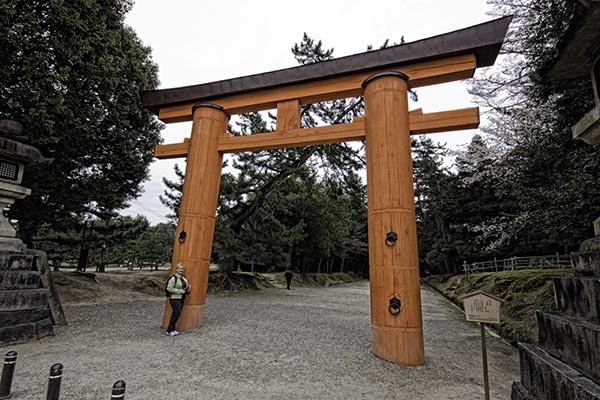
Shinto is the indigenous religion of Japan and is practised by the majority of Japanese, it comes from ancient folk beliefs and rituals with the fundamental principle that all natural things have a Kami or spiritual guardian. Many Japanese festivals and celebrations are focused on Shinto events.
Shinto doesn't have a recognised founder or scriptures but is a part of everyday life with 80% of the population practising it. In Japan, people will attend and make monetary offerings at the Shrine for any major or minor event in their life but will often practice it in parallel with a second religion, most often Buddhism.
Respect
The Japanese expect tourists to visit shrines out of interest rather than to worship there as the religion is only practised in Japan. Many Japanese will visit a different Shinto shrine themselves when they travel or for a particular event such as New Year or a festival. There is an expectation that any visitor will be generally respectful and observe the specific rules around:
- Not taking photographs where it is signposted not to, or of the shrine (alter) itself which is the part where the Kami is housed and people are praying.
- Don't disturb others while they worship or are participating in any ceremony
- Enter the shrine ground under the Torii gate, towards one side or the other
- Purify yourself as you enter the shrine grounds

Purification
The Chozuya is a pavilion just after you have entered the shrine with a water trough, fountains of running water and ladles. The purpose is to symbolically purify yourself before you enter the shrine or temple.
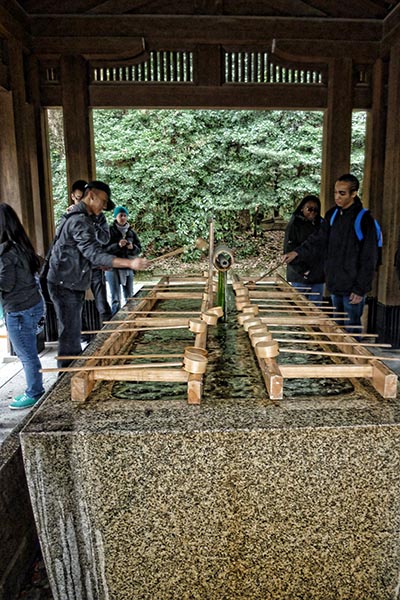
Wait for your turn and using the ladle first in your right hand allow the water from the fountain to fill it about halfway and wash your left hand, then repeat with the other hand. You should now swap the ladle back to your right hand tipping the water to your cupped left hand and transferring it to your mouth. Wash it around but don't swallow, spit it out onto the rocks below - NOT into the water trough. Still holding the ladle in your right hand refill it and hold it so the water runs down the handle to rinse it and place it back upside down to drain where you found it.
I noticed many people including some Japanese cleansed only their hands so we did the same. In spring and winter, it's cold in Japan and the water at the chozuya is freezing but it's still expected that you should purify. As a side note on this, while public toilets in Japan are generally clean and well maintained, hand towels or dryers aren't the norm. I started carrying a tiny towel from the Y100 store to prevent chapped hands in the cold with all this extra hand washing as we often ended up at several shrines and temples in a day.
Omikuji
The small strips of paper you see tied to a tree or frame in the shrine grounds are fortunes or Omikuji. In a more traditional shrine, you shake a box until a bamboo stick with a number falls out and the Priest or Miko will give you a fortune that corresponds to that number. Others now have a system where you insert a coin and take a fortune.
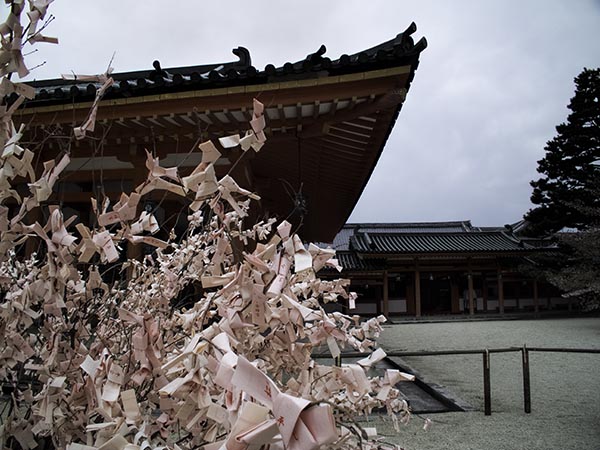
The piece of paper then has a high-level fortune which has various levels between very good luck (大吉) and very bad luck (大凶). Pay attention to that last character, that part is consistent and indicates if it is a good or bad one. There's also a more specific fortune written in a poetic form of Japanese but that will need more than your basic level of Japanese reading skills to interpret.
If you receive good luck you could keep it with you, perhaps in your wallet but if it is bad luck you simply tie it to the tree leaving it behind so it doesn't attach to you. I love the concept of choosing to accept or reject the assigned fortune. You can also leave good luck fortunes tied to the tree, some say they will have an even greater impact there.
Ema
Am ema is a votive tablet with a picture on one side and you write your wish, blessing or prayer on the other side. They are hung in the shrine where the Kami receive them and periodically large ceremonial fires are lit where they are burned and the smoke from the fires transmits their message out to the universe.
Common wishes are for exam success, happiness in relationships, a new job or health, some shrines are quite specific and attract more specific wishes. For example, Yushima Shrine in Ueno, Tokyo around exam time was teeming with students in school uniform scrambling to hang their ema to the Kami of learning.
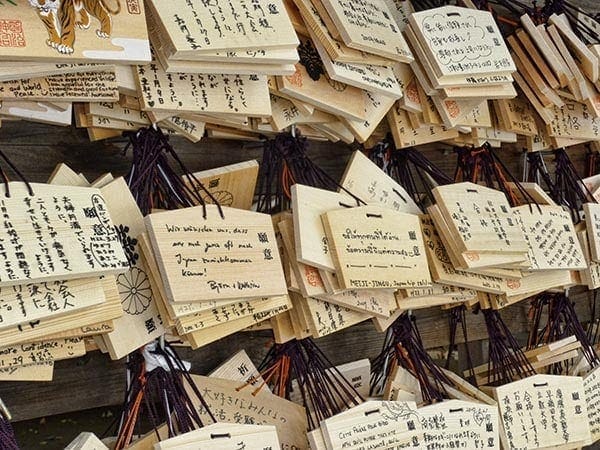
Roles in the shrine
The Kannushi is a Shinto priest. He is identifiable by his unusual headdress, the shaku or wooden batten he carries, his robes and black clogs. He is responsible for the religious observance and running of the shrine.
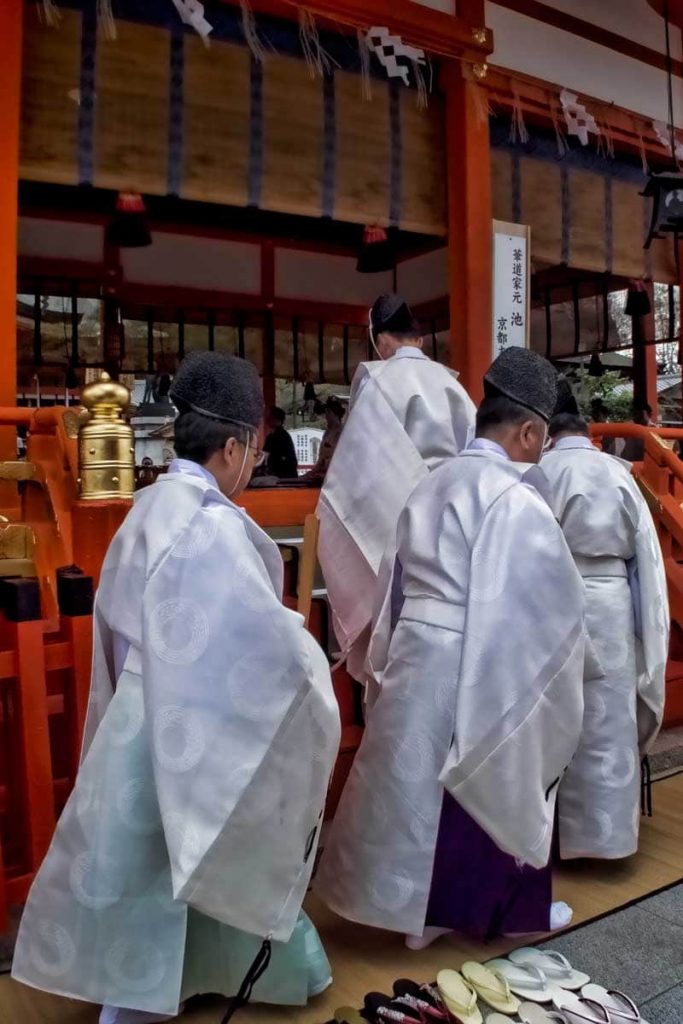
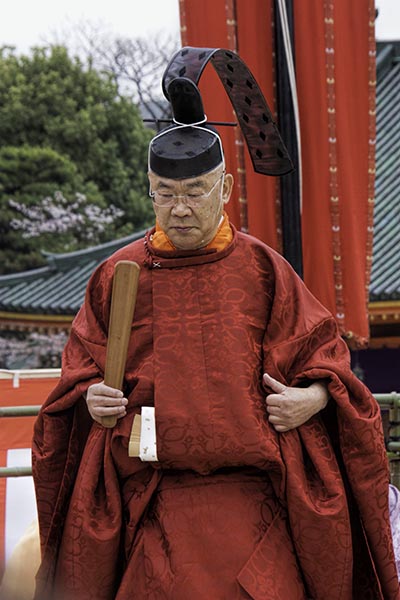

The young women in the shrine are Miko they are assistants or shrine maidens and are involved in both ceremonial and administrative functions.
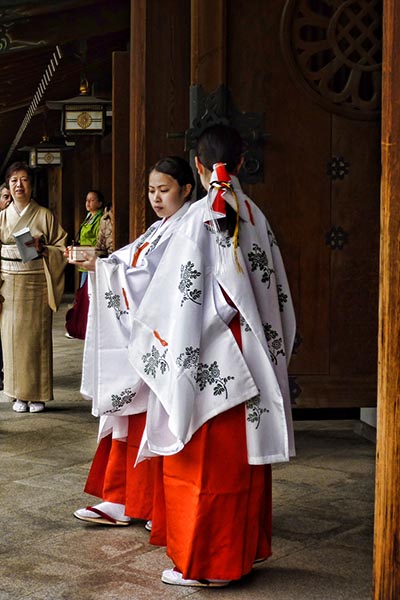

Prayer at a Shinto Shrine
It is not necessary for a foreigner to pray at the shrine but it is acceptable. If you choose to do so then the basic process is to enter under the torii to the right or left side and bow once as you pass under the torii. Then purify yourself at the chozuya and proceed to the main shrine.
Wait your turn for others to finish although at a larger shrine, it may be acceptable for more than one person to be at the shrine together. Approach the shrine and toss a coin into the offering box, a small value coin is fine, but a Y100 coin is often used. Bow twice, clap your hands twice then ring the bell. Place your hands together and pray. When you are finished step back and bow again to the shrine before leaving.

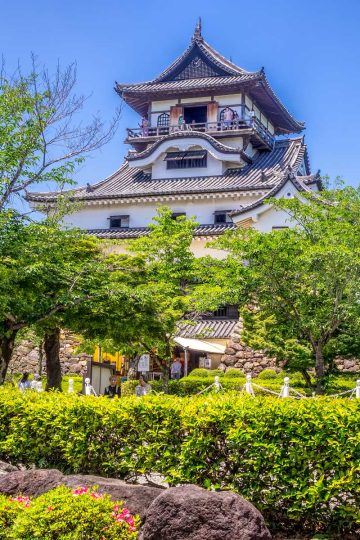
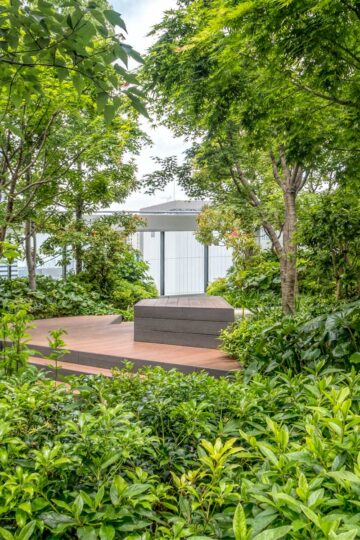

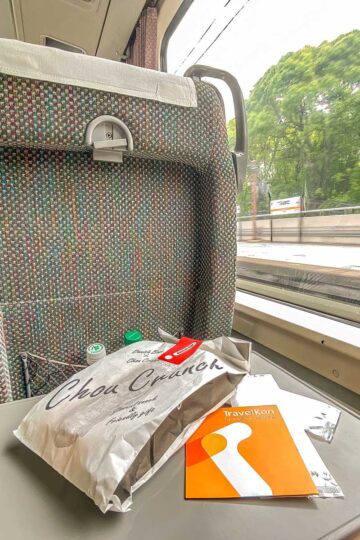
Deepika says
Amazing post. Something unusual from the usually written articles on what to do, xxx things to do. Thank you for going into such details of the Japanese culture and sharing with us 🙂
budget jan says
This will be extremely helpful for first time independent travellers Toni. We were lucky to have a Japanese friend showing us around and she took us through the procedure. If it had not been for her we would have had no idea.
2 Aussie Travellers says
I didn't know you had friends there Jan, lucky you! It would be great to have someone to get the local knowledge from as we really aren't organised tour people.